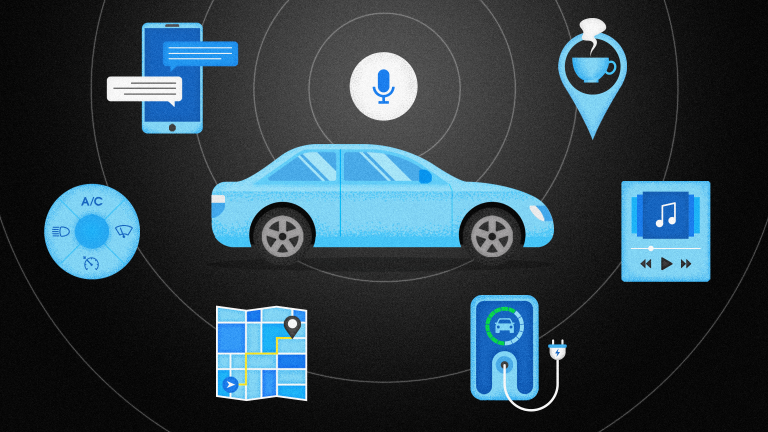In-car voice assistants have become more than just a way to pull up music and navigation, hands-free. They are becoming the standard for exceptional driving experiences by offering functionalities that are defining the future of the auto industry. As car manufacturers seek to differentiate themselves in a market increasingly saturated with the latest technological advancements, they’ll need to distinguish themselves with voice AI that surpasses user expectations and needs.
Voice assistants are also increasingly becoming a standard feature in cars, making creating one that stands out from the crowd an imperative. A new report by Voicebot.ai revealed that in 2021, there were about 127 million users (49% of the U.S. adult population) of voice assistants in the U.S. With voice AI, auto manufacturers are creating driving experiences beyond traveling from one location to another but filled with essential safety features and connectivity options.
Additionally, the demand for such a market means an ever-growing potential for increased profit and new revenue streams. According to Acumen Research and Consulting, the global automotive voice recognition system market is expected to reach a market value of around $39 billion by 2027. As we transition into a voice-first world, there are numerous reasons for this growth in voice-enabled cars.
Here are the top five reasons why voice AI is now a must-have for automakers:
- Connectivity
- Voice AI design
- Enhanced safety
- Autonomous cars
- Branding and user data
1. A demand for greater connectivity
Consumers are demanding more from their automobiles than basic navigation and music. Instead of having driving as a time away from the connectivity and features of a smartphone or computer, drivers want to be able to continue getting information and connecting to other devices as they travel. In-car voice assistants create the ultimate luxury by giving drivers access to a wealth of information and functionality hands-free.
The demand for more connectivity from consumers has led to a continuous process of innovation. According to Statista, 70% of vehicles will be connected to the internet by 2023, showing that more auto manufacturers are realizing the consumer demand to expand the driving experience. With cloud connectivity, consumers can ask a variety of questions from the weather to stock prices, find gas stations, order take out, and stream entertainment, all hands-free. The capabilities of the internet are all within their reach, creating a dynamic experience that satisfies their wants and needs.







